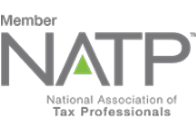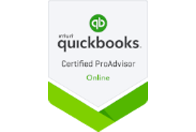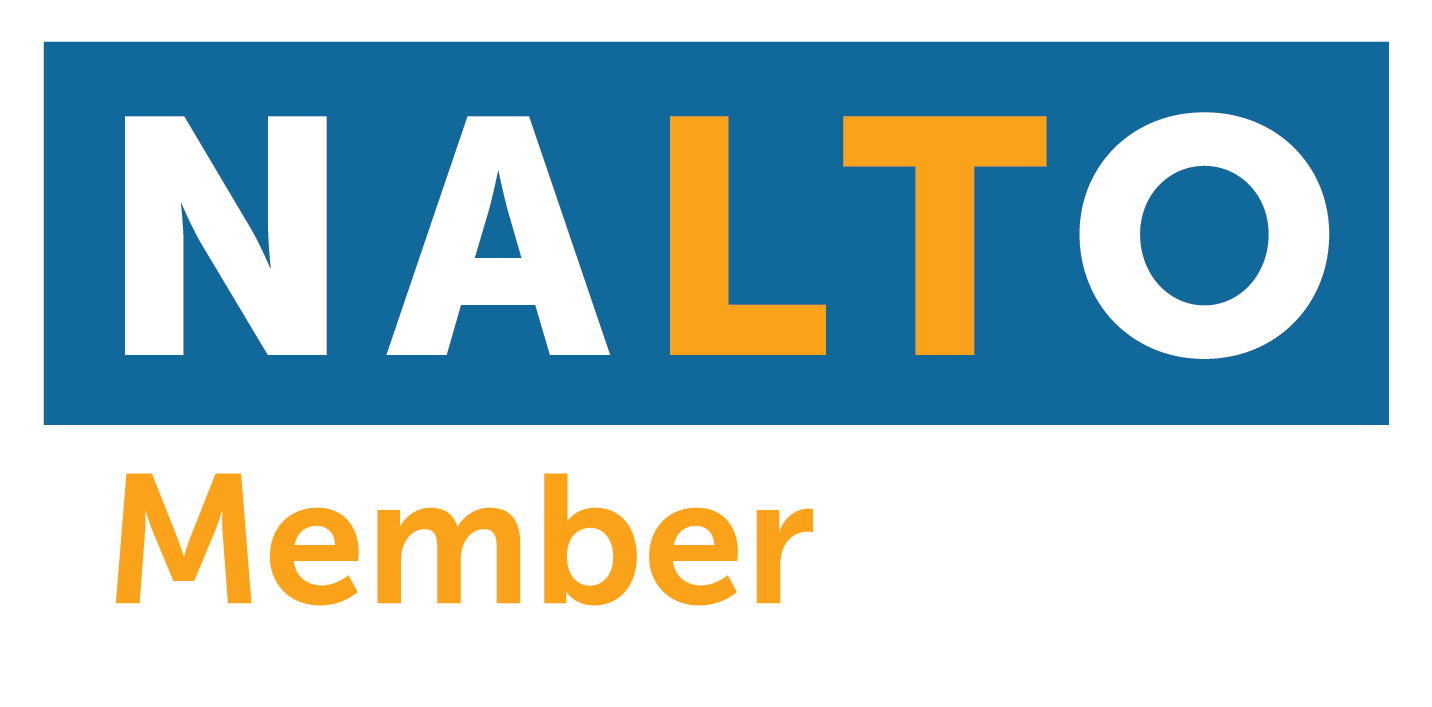The Internal Revenue Service announced that they are now phasing out paper tax refunds for individual taxpayers starting September 30, 2025. For years, the IRS has encouraged taxpayers to use direct deposits for refunds, and most already do. In fact, during the 2025 tax filing season, 93% or 87 million of the 93.5 million tax refunds were issued electronically. But if you are part of the 7% individual taxpayers who opted for paper refunds, here’s what you need to know.
Reasons for Moving Away from Paper Checks
The move follows Executive Order 14247 requiring the use of electronic methods for nearly all federal receipts and disbursements promoting government operational efficiency. In line with this, the IRS standardizes electronic refunds for everyone with the aim of:
- Protecting Taxpayers. According to the U.S. Department of Treasury, paper checks are 16 times more vulnerable to loss, theft, alteration, and delays than electronic payments. Also, electronic payments avoid the chances of having “undeliverable” refund checks.
- Speeding up Refunds. Electronic refunds are much faster than paper refunds. If there are no issues with the return, the IRS can send the refund in less than 21 days. In contrast, refunds via a paper check can take up to 6 weeks or longer to be sent to mail.
- Lowering Cost. According to the U.S. Department of Treasury, printing and mailing a paper check costs around 35 cents more than using an electronic payment which costs less than 15 cents per refund.
What Taxpayers Should Expect Moving Forward
For many taxpayers, this change simply formalizes their default method of receiving refunds, by electronic payments.
- Digital Refunds. Most refunds will be issued electronically starting September 30, 2025.
- Options for those Without Access to Banks. The IRS provides other options such as debit cards, digital wallets, and other modern electronic payment options.
- No Change in the Method Filing of Return. Filing of returns should still be done using any of the existing filing options.
Exceptions
Paper checks may still be issued in some exceptions, including but not limited to:
- Taxpayers who do not have access to a bank account (“unbanked” individuals) or electronic payment systems.
- Situations where electronic payments would cause undue hardships.
- National security or law enforcement-related activities wherein non-electronic payments would be necessary.
How To Prepare for the Change
If you already receive your refund electronically, there’s nothing you need to do. But if you still get a paper check, you will need to enter your bank information when you file your next return. If you fail to enter your bank details, your refund could be delayed. The IRS may hold your refund until you provide your electronic payment information.
If you don’t have a bank account, consider opening a free or low-cost bank account to ensure your refund arrives as expected and avoid unnecessary delays.
Stay informed. The IRS will issue a detailed guideline before the 2026 filing season begins.
Want to learn more?
You may want to consult and work with 1099 Accountant – We offer online bookkeeping, online advisory services and online tax and accounting services. We offer reasonable rates. We only work with independent contractors, freelancers, and one-person business. We work with locum tenens from California to New York City and everywhere in between. Yes, even Hawaii!
Contact us toll-free (855)529-1099 or make an appointment for a free consultation. Contact Us











